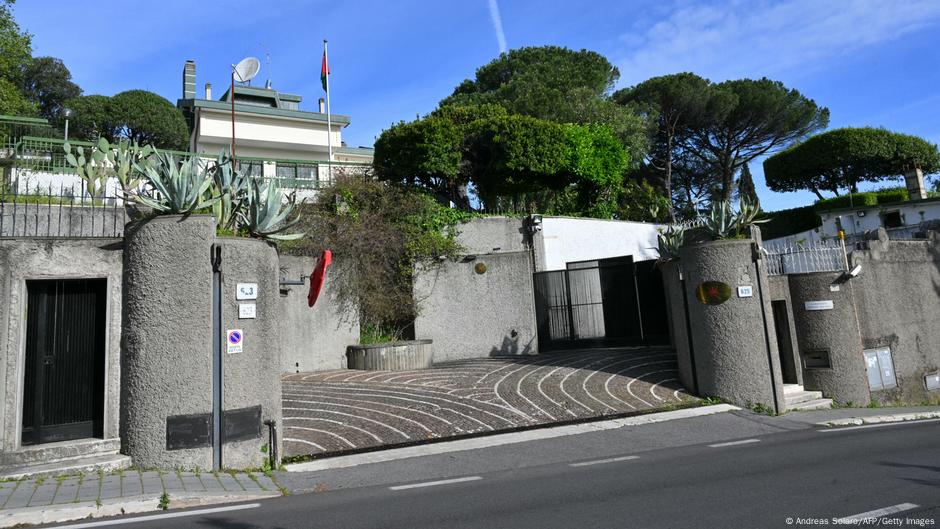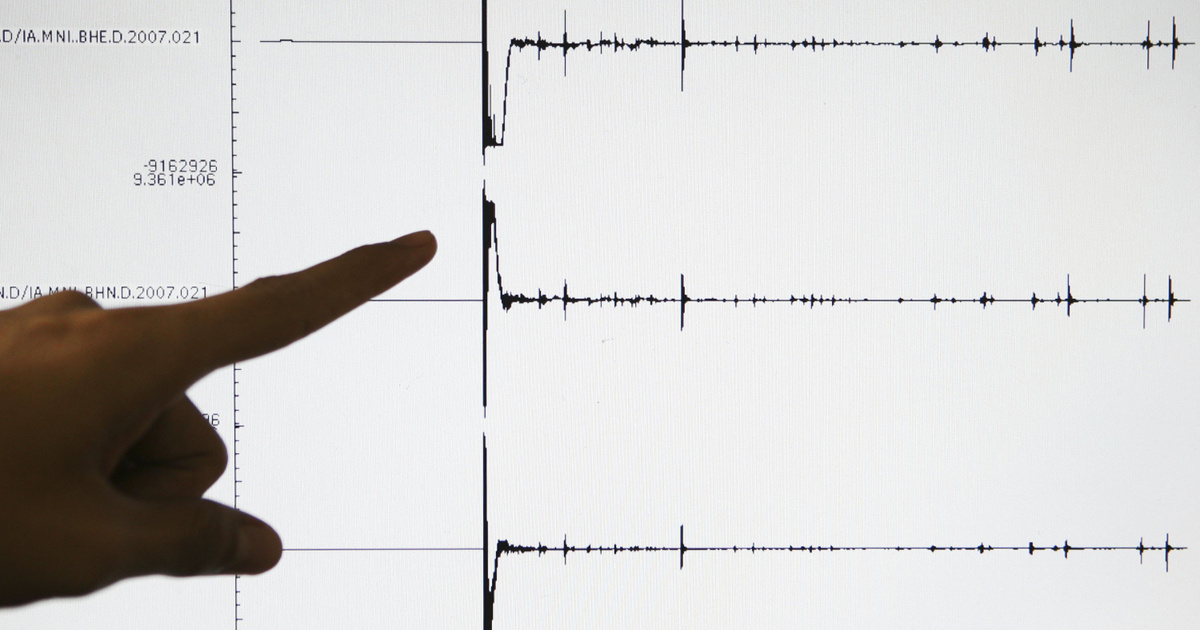In the Netherlands and Estonia, European Parliament elections began on Thursday and will continue until Sunday – although in many countries it is possible to cast votes in advance. The culture of voting and the entrenchment of democratic institutions also differ, which also affects turnout data for individual countries.
In the European Parliament elections between 2004 and 2014, turnout in the relevant EU Member States was approximately in the range of 42 to 45 percent. website But 2019 already signaled a turning point in this trend, as the European Parliament elections, which seemed so far-fetched, became more important for both political players and voters.
In 2019, 50.66% of European voters went to vote.
The picture is mixed by country, with examples ranging from 22% to over 80%. In 2019, Belgium and Luxembourg achieved a participation rate of more than 80%, but the Belgians and Luxembourg Luxembourgish In the previous European Parliament elections, this percentage already exceeded 90%. Of course, this is not surprising, as MTI quoted in its previous news from the EPRS research service, that participation is mandatory in both countries, in addition to Greece and Bulgaria. This also applies to non-native EU citizens living there.
While 88.47 percent of Belgians and 84.24 percent of Luxembourgians voted in 2019, despite the commitments, only 58.69 percent of Greeks and 32.64 percent of Bulgarians did so. Actually in one of the countries listed And they are not punished In practice, if someone violates compulsory voting (the Belgians have been using this system since 2003). Bulgaria introduced compulsory voting in 2016 due to low turnout, and the following year, the Constitutional Court Delete it Relevant legislation. Mandatory again since 2019 They did Voting in European Parliament elections, although there is no penalty (in 2014, turnout was 35.8 percent, in 2019 it was 32.7 percent).
Voting was compulsory in the Netherlands, Austria, Portugal and Spain, but it was canceled in these countries. Malta is also out of line, with no commitment, but participation has reached more than 72 percent recently, although it has gradually declined from a value of around 82 percent in 2004.
If we look by region, Northern Europe is relatively more active, although there is some variation between the Baltic countries. Here too, it can be said that participation increased in 2019, reaching about 40-50 percent in the entire region, and exceeding 66 percent in leading Denmark. Traditionally, many people go to vote in the southern part of the EU, where turnout is more than 50 percent. Portugal is the cuckoo's egg, and contrary to general European trends, participation is steadily declining, last time it was only 30.75 percent.
Western Europe can also be said to be enthusiastic voters, with the Germans and French going to the polls in a disciplined manner, but for the Dutch, historical data shows compulsory voting was abolished in 1992, and since then turnout in European Parliament elections has been below 40 percent.
Among the new Eastern Member States, those stand out where many people go to vote for European representatives, and in many countries only 22% vote at this time.
The recent European Parliament elections led to increased participation, with participation reaching 51% in Romania and more than 45% in Poland. On the other hand, Slovakia is the leader in the entire European Union, in 2014 only 13 percent went to vote, and in 2019 almost 23 percent participated in the vote.
Hungary matches the regional average in terms of willingness to vote for the European Parliament. In 2004, it went to 38.5 percent, and then as the novelty of the European Parliament elections wore off, the turnout declined: in 2009 it was 36.31, in 2014 it was 28.97 percent, then it jumped to a record high of 43.36 percent in our country.
However, Hungarian data coming in a few days should not be interpreted on its own, as municipal elections taking place on the same day will likely result in higher numbers. (It is worth noting that other European countries have also linked European Parliament elections to other votes: federal and regional elections in Belgium, parliamentary elections in Bulgaria, and local authority elections in Cyprus, Ireland, Italy, Malta and Romania are also held between June 6 and -9.)












































